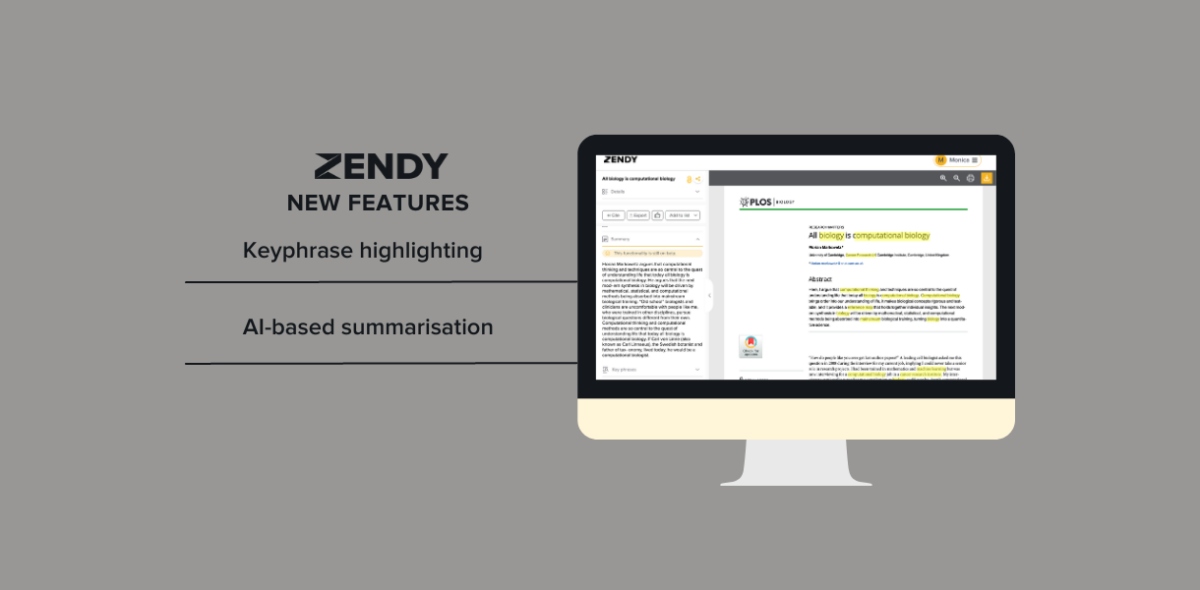In the landscape of academia, where breakthroughs and discoveries shape our understanding of the world, scientific academic journals serve as gateways to knowledge. As the pursuit of knowledge intensifies, certain countries have emerged as beacons of research, generating an impressive volume of scientific output. From the bustling laboratories of the United States to the innovative corridors of China, this blog is an exploration of the foremost journals in countries where research thrives, illuminating global scientific collaboration.
China
Citations of Chinese research escalated significantly in 2020 due to the sequencing of the covid-19 genome, this caused China to overtake the US to become the biggest academic research contributor in the fields of physical sciences, chemistry, earth and environmental sciences. Globally, China is also the biggest research collaborator. Many of the most cited papers are developed in collaboration with international researchers, gaining its 1st rank as the country with the highest research output globally.
As of June 2023, the top journal within China is AI Open specializing in computer science and covering important subject areas like artificial intelligence, computer science applications
Computer Vision and Pattern Recognition, human-computer interaction, and information systems.
| Journal | Discipline | SJR | H-Index |
| AI Open | Computer Science | 4.726 | 10 |
| Mycosphere | Agricultural & Biological Science | 3.918 | 34 |
| Protein and Cell | Molecular Biology, Medicine & Pharmaceutics | 3.367 | 82 |
| Engineered Regeneration | Biomedical Engineering | 3.250 | 19 |
| Communications in Transportation Research | Engineering & Social Sciences | 3.188 | 15 |
United States of America
Following the second world war, the US government excelled in becoming a prominent source of research funding through the National Health Institute and National Science Foundation, including the Departments of Defence, Energy, Agriculture and Education. Through these significant funding opportunities, the US has made several note-worthy contributions to the field of science like laser technology which is now utilised considerably in telecommunications and medical technology. Additionally, the PageRank algorithm’s development eventually led to Google’s formation.
As of June 2023, the top journal in the US is the Cancer Journal for Clinicians. Covering significant research content from the 1950s to 2022, the journal has an impressive h-index score of 198.
| Journal | Discipline | SJR | H-Index |
| Cancer Journal for Clinicians | Hematology & Oncology | 86.091 | 198 |
| Cell | Biochemistry | 26.494 | 856 |
| New England Journal of Medicine | Medicine | 26.015 | 1130 |
| MMWR Recommendations and Reports | Environmental & Social Sciences | 23.962 | 151 |
| American Economic Review | Economics & Finance | 21.833 | 337 |
United Kingdom
The United Kingdom is globally ranked 3rd with nearly 200,000 citable publications in just 2020. The nation is home to the world’s most historic universities and colleges originating from the 12th and 13th centuries. The UK’s strong legacy within education is a global benchmark to this day. The country has made significant scientific contributions like the invention of the incandescent light bulb, the unification of electromagnetism, and the discovery of penicillin.
The top journal within the UK as of June 2023 is the Quarterly Journal of Economics. The journal covers important economic and financial research studies from 1886 to 2022, gaining an h-index score of 198.
| Journal | Discipline | SJR | H-Index |
| Quarterly Journal of Economics | Economics & Finance | 36.730 | 292 |
| Nature Reviews Molecular Cell Biology | Biochemistry & Genetics | 34.201 | 485 |
| Nature Medicine | Biochemistry & Medicine | 24.687 | 605 |
| Nature Biotechnology | Chemical Engineering & Molecular Biology | 22.781 | 491 |
| Nature Reviews Materials | Energy & Materials Science | 21.927 | 156 |
India
India has made significant scientific and technological advancements globally, ranking 4th. The country has built satellites and launched probes to the Moon and Mars, established nuclear power stations, revolutionised railway computerisation applications and developed the field of oceanography to ensure optimal utilisation of resources and maintaining marine life.
India’s top journal as of June 2023 is Higher Education for the Future. The journal covers aspects of social sciences and education from 2019 to 2022 and has a h-index score 9.
| Journal | Discipline | SJR | H-Index |
| Higher Education for the Future | Social Sciences & Education | 2.107 | 9 |
| Asian Journal of Social Health & Behaviour | Medicine, Psychology & Social Sciences | 1.900 | 11 |
| Hepatology International | Medicine | 1.577 | 58 |
| Animal Frontiers | Veterinary, Agricultural and Biological Sciences | 1.163 | 44 |
| Global Journal of Flexible Systems Management | Business Management & Accounting | 1.072 | 40 |
Germany
Germany is home to significant inventors who contributed to the fields of science and technology. Konrad Zuse built the first electronic computer, Johannes Gutenbury invented movable type printing, and Ernst Ruska and Max Knoll invented the first electronic microscope.
The top journal in Germany as of June 2023 is the Astronomy and Astrophysics Review. The academic journal covers earth and planetary sciences, physics, astronomy, and housing research from 1989 to 2022 with an h-index score of 74.
| Journal | Discipline | SJR | H-Index |
| Astronomy & Astrophysics Review | Planetary Sciences, Physics & Astronomy | 9.937 | 74 |
| Advanced Energy Materials | Energy & Materials Science | 9.044 | 290 |
| Electrochemical Energy Reviews | Chemical Engineering & Electrochemistry | 8.905 | 47 |
| Nature Metabolism | Molecular Biology & Medicine | 7.045 | 57 |
| Publications Mathematiques de l’Institut des Hautes Etudes Scientifiques | Mathematics | 6.582 | 46 |
Concluding the exploration of the best journals in countries with the highest research output, this blog highlighted the remarkable intellectual landscapes around the globe. These countries, with their thriving research environments, contribute to the advancement of science and inspire researchers worldwide to push the boundaries of their respective fields. As the world progresses with significant advancements, it is evident that the best journals in high-output countries will continue to be at the forefront of disseminating groundbreaking research and fostering collaborations that shape the world.







